Country Area 330 km2 | Region | |
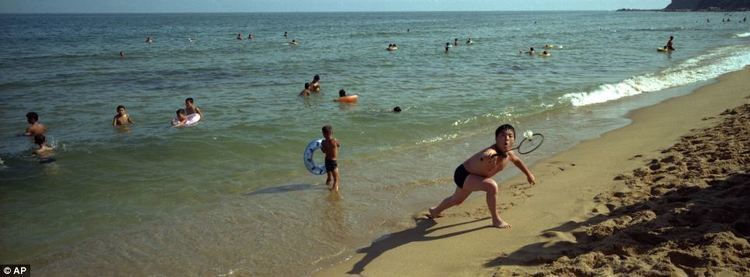 | ||
University Hamhung University of Chemical Industry | ||
Map of Hamhung
Hamhŭng (Hamhŭng-si; [ham.ɦɯŋ]) is North Korea's second largest city, and the capital of South Hamgyŏng Province. In late 2005, nearby Hŭngnam was made a ward (kuyŏk) within Hamhŭng-si. It has a population of 768,551 as of 2008.
Contents
- Map of Hamhung
- Hamhung city street scenes north korea dprk
- Kids in hamhung north korea
- Administrative divisions
- Geography
- History
- Economy
- Prison camps
- Transportation
- Culture
- Education
- People born in Hamhng
- Twin towns sister cities
- Best chinese food restaurant in riverside ca
- References
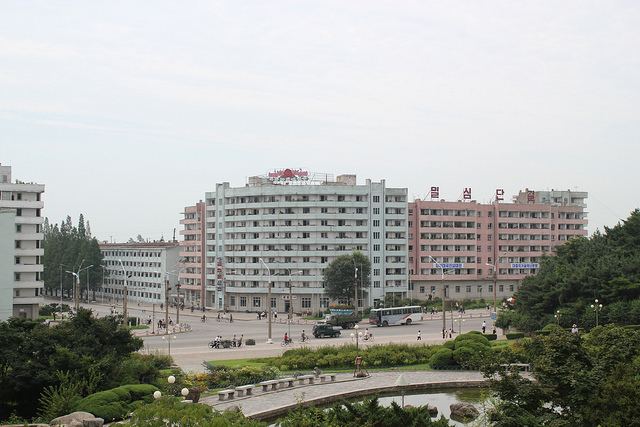
Hamhung city street scenes north korea dprk
Kids in hamhung north korea
Administrative divisions

Hamhŭng is divided into 7 kuyŏk (wards):
Geography
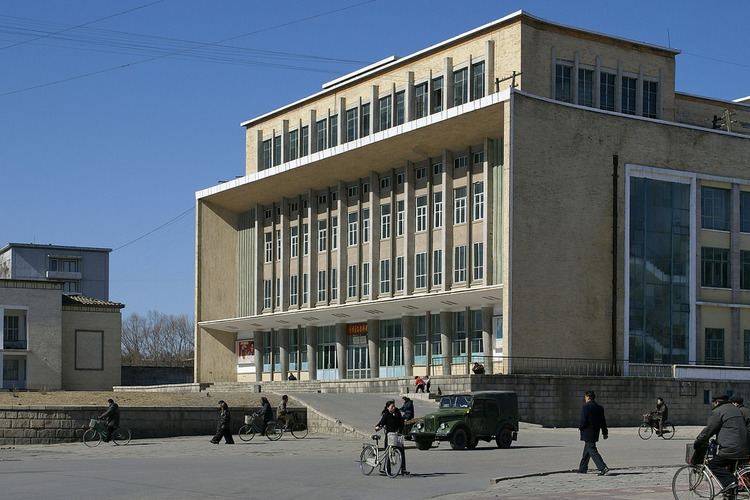
Hamhŭng is on the left branch of the Sŏngch'ŏn River, on the eastern part of the Hamhŭng plain (함흥평야), in South Hamgyŏng Province, northeast North Korea. The Tonghŭngsan is 319 m high.
History
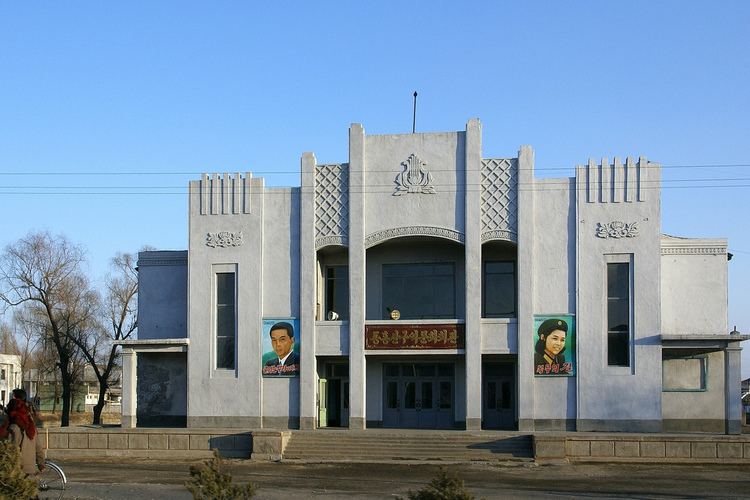
Yi Sung-ke, founder of the Yi Dynasty, retired to the city after a successful palace coup by his son Yi Bang-won in 1400. Though his son sent envoys to reconcile, his father had them killed. A modern Korean expression, 'King's envoy to Hamhŭng' (Hamheungchasa), refers to a person who goes on a journey and is never heard from again. It was known as Kankō during Japanese rule of Korea between 1910 and 1945. It was liberated by the Red Army on 22 August 1945.
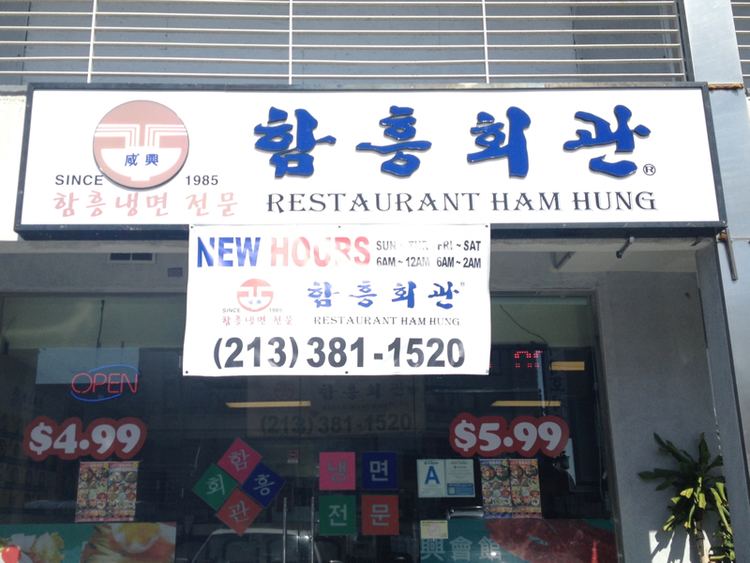
The city was heavily damaged (80–90%) during the Korean War and was occupied by ROK troops between 17 October 1950 and 17 December 1950. From 1955 to 1962, Hamhŭng was the object of a large-scale program of reconstruction and development by East Germany including the build-up of construction-related industries and intense training measures for Korean construction workers, engineers, city planners and architects. The project ended two years earlier than scheduled and with a low profile because of the Sino-Soviet conflict and the opposing positions that North Korea and East Germany took on that issue.
From 1960 to 1967, Hamhŭng was administered separately from South Hamgyŏng as a Directly Governed City (Chikhalsi). Before 1960 and since 1967, the city has been part of South Hamgyŏng Province.
In 1995, Hamhŭng witnessed, thus far, one of the only documented challenges to the North Korean government when famine-ravaged soldiers began a march toward Pyongyang. The revolt was quelled and the unit of soldiers was disbanded.
The North Korean famine of the 1990s appears to have had a disproportionate effect on the people of Hamhung. Andrew Natsios, a former aid worker, USAID administrator, and author of The Great North Korean Famine, described Hamhung as "the city most devastated by [the] famine." Contemporary published reports from The Washington Post and Reuters describe numerous fresh graves on the surrounding hillsides and report that many of Hamhung's children were stunted by malnutrition. One survivor claimed that more than 10% of the city's population died, with another 10% fleeing the city in search of food. Despite previously being closed to foreigners, foreign nationals can now travel to Hamhung through the few approved North Korean tour operators.
There is speculation that Hamhung, with its high proportion of chemists and the site of a chemical-industrial complex built by the Japanese during World War II, is the center for North Korea's methamphetamine production.
Economy
Hamhŭng is an important chemical industry center in the DPRK. It is an industrial city which serves as a major port for North Korean foreign trade. Production includes textiles (particularly vinalon), metalware, machinery, refined oil and processed food.
Prison camps
Two large reeducation camps are located near Hamhung: Kyo-hwa-so No. 9 is in northeastern Hamhung, and Kyo-hwa-so No. 22 is in Yonggwang County north of Hamhung.
Transportation
The city is a transportation hub, connecting various eastern ports and the northern interior area. Hamhung Station is on the Pyongra Line railway. This city is connected by air too, with Toksan Airport.
Culture
Hamhŭng hosts the Hamhŭng Grand Theatre, the largest theatre in North Korea. A national museum is located in Hamhŭng.
Education
Hamhŭng is home to the Hamhŭng University of Education, Hamhŭng University of Pharmacy, Hamhŭng University of Chemistry and Hamhŭng University of Medicine. Professional colleges in Hamhǔng include the Hamhǔng College of Quality Control, the Hamhŭng Hydrographic and Power College, and the Hamhǔng College of Electronics and Automation. There is also a branch academy of science.
People born in Hamhŭng
Twin towns – sister cities
Hamhung is twinned with:
